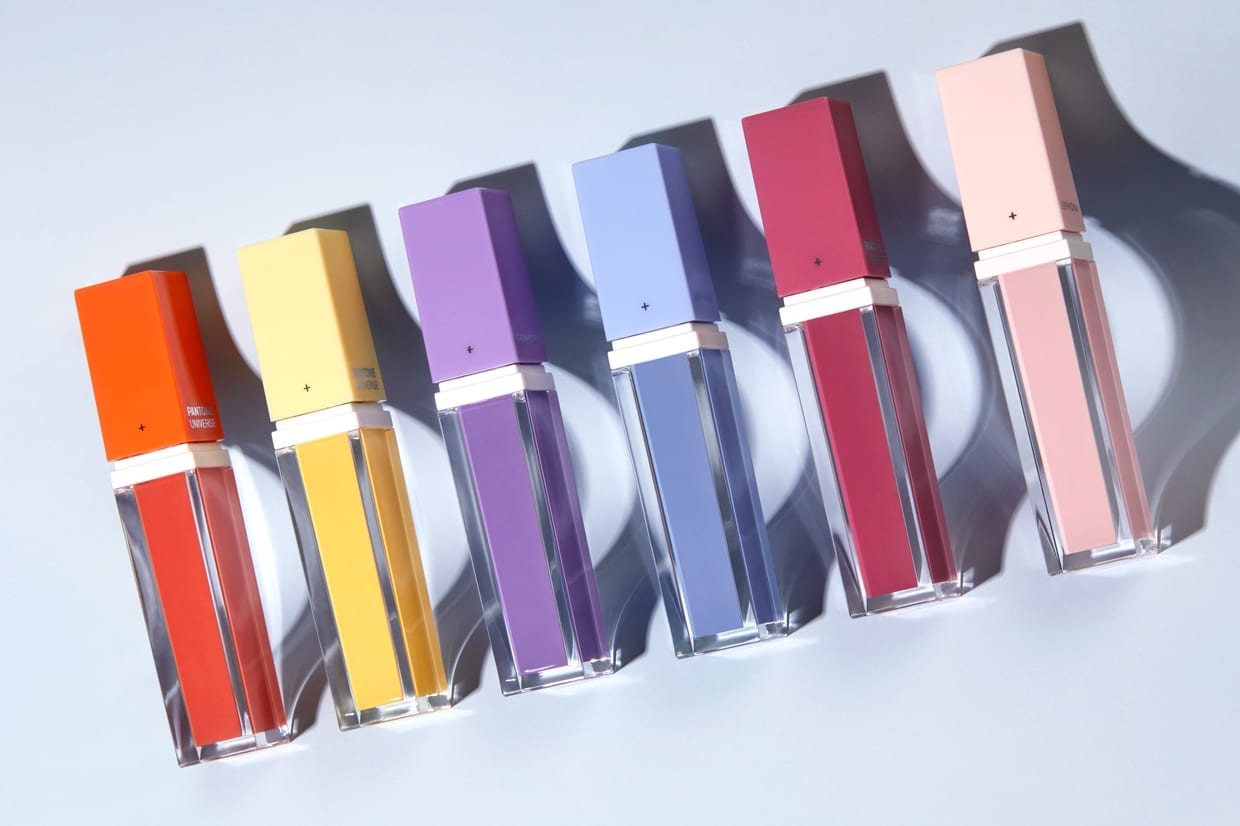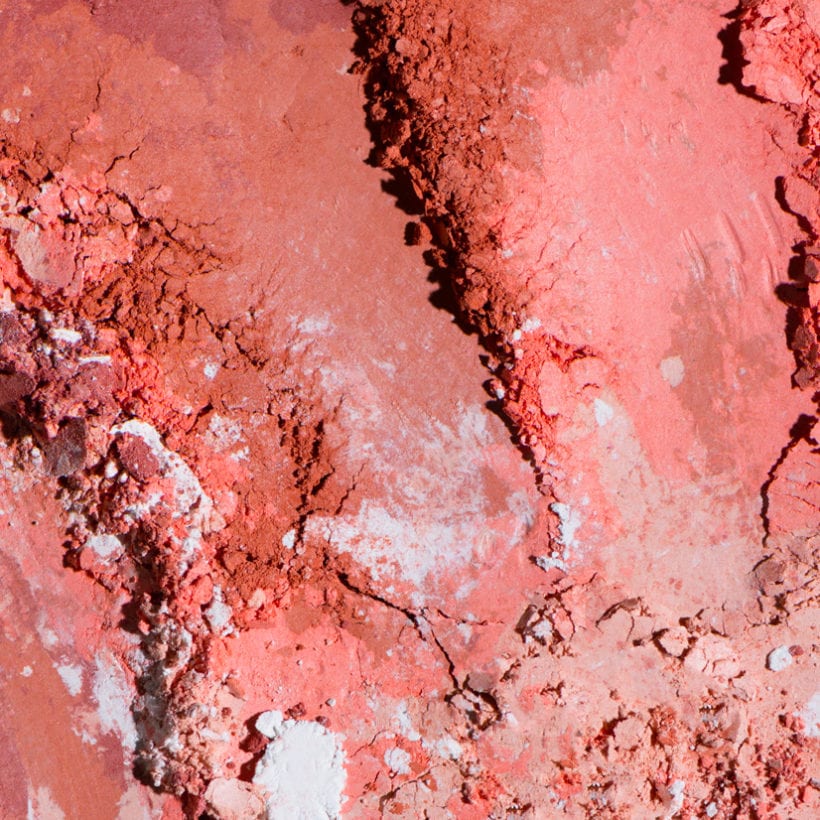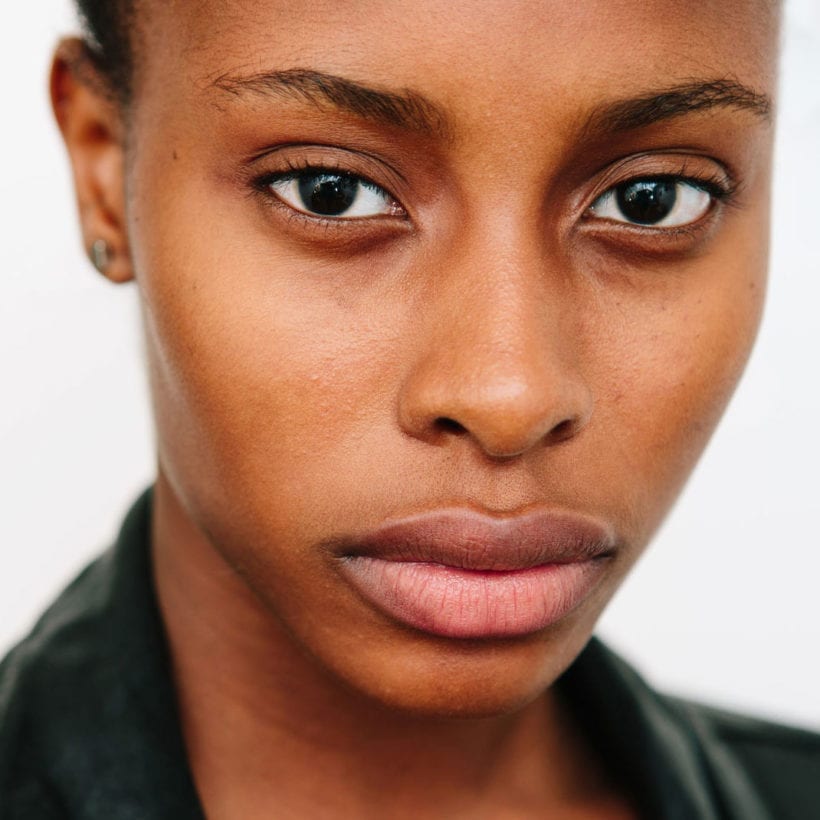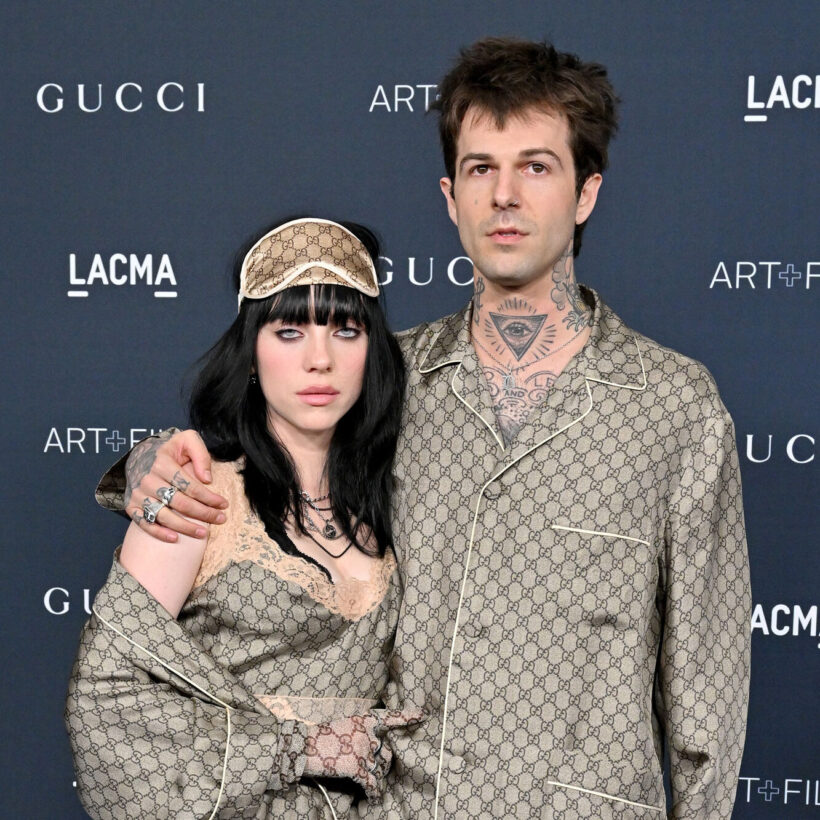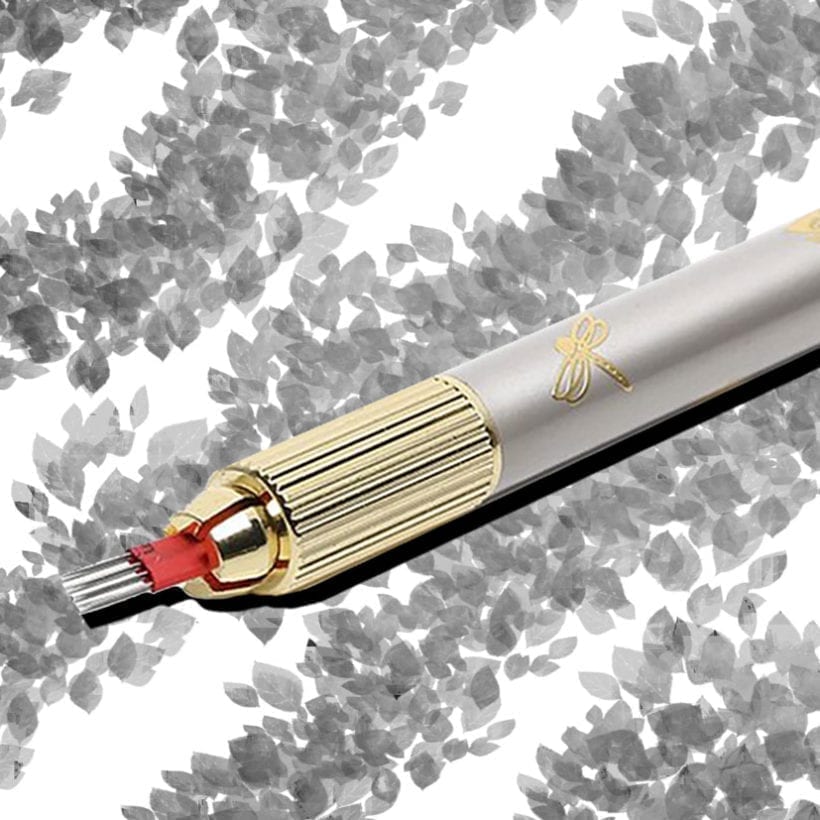Amazon is bringing out the big guns — metaphorically speaking — when it comes to counterfeit products. They just launched a new program, called Project Zero, which allows brands to take down counterfeit goods and listings on their own, without jumping through corporate hoops. Instead of taking days, now a brand can remove the fake products immediately. While it is currently an invite-only program, it is clear this is an initiative that couldn’t come soon enough.
As a consumer, there is nothing quite like getting your hands on the new beauty product you have been obsessing over — especially those beauty buys that were a little bit of a splurge. Hey, no shame. You treated yourself. You deserve it. It’s basically self-care.
But what if you found out your new palette or luxe lipstick — the one you just dropped your hard-earned cash on — was a fake?
There is a big market for luxury beauty — over $17 billion. And it is easy to see why: Desirable brands are constantly dropping new beauty products that are highly coveted — and costly. But as with any luxury market making money (think: designer handbags or accessories), a shady sub-industry of knockoffs is sure to follow.
Makeup is no different — and sketchy knockoffs are a growing problem, according to authorities. YouTube is filled with reviews of real vs. fake makeup and videos of angry beauty vloggers who realize they were duped. A 2017 report found that fake makeup — fake-up if you will — is flooding the beauty market. Global seizures of fake stuff jumped 25 percent between 2011 and 2013. In 2016 alone, the government reportedly seized over 2.8 million fake makeup products (most of them MAC knockoffs).
These fake products are not just being sold in shady warehouses. A 2019 report found that fake-up has likely infiltrated your Instagram feed — nearly 34 percent of participants in a survey by Red Point, a company specializing in brand and copyright protection, had purchased cosmetics online only to find out they had received a fake.
The Dangers of Counterfeit Cosmetics
The idea of accidentally buying fake-up is definitely annoying — no one wants to drop $50 on a palette or lip kit only to find out they purchased a fake. Even if you score the product at a discount (which is how a lot of these knockoffs are sold), the idea violates the implicit trust that an item you buy online will arrive as described.
Busted! Major Task Force hits 21 locations in the @LAFashionDist and nets $700,000 in Counterfeit cosmetics found to contain bacteria and human waste. The best price is not always the best deal! #ProtectingOurCommunity pic.twitter.com/gliJ8L2F9F
— Deputy Chief Marc Reina, MSL (@LAPDMarcReina) April 13, 2018
But that is not the real danger of buying counterfeit cosmetics: These fakes can be hazardous for your health. In 2018, officers from the Los Angeles police department’s Major Task Force seized $700,000 in counterfeit cosmetics — including Kylie Cosmetics knockoffs, as well as fakes masquerading as Urban Decay and MAC — from one of L.A.’s popular discount shopping districts. When they tested the products, officials found they contained high levels of bacteria and feces. “Unfortunately, counterfeit products ranging from skincare to makeup are not uncommon. They’re often made in unsanitary environments and they may be contaminated with high levels of bacteria, feces, urine and even dangerous chemicals including arsenic,” says Shari Marchbein, M.D., a board-certified dermatologist and assistant clinical professor at New York University. (Even the fakes that are not contaminated are problematic, she adds, often containing different ingredients than the ones rigorously tested for the real products.)
All of this is a recipe for irritation and infection. Using fake makeup can lead to everything from “mild reactions such as irritation, allergic reactions and redness, to more severe infections, swelling, blistering, burning and even potential permanent disfigurement,” Marchbein says.
How to Avoid Buying Counterfeit Cosmetics
If you are wondering how this happens, part of the problem is that the FDA currently does not have the authority to preapprove cosmetics before they hit the market. That means it is up to consumers to do their research and be wary of counterfeit goods. “It is critical that cosmetics and skin care products only be purchased from authorized retailers and vendors so that you are not getting fake and potentially harmful ingredients as those producing counterfeits have no guidelines or regulations,” Marchbein says.
https://www.instagram.com/p/BXsw7UbFQ_a/
Here is how to stay safe when you shop for cosmetics:
1. Shop at reputable retailers
Some beauty brands only sell their products on their website and through exclusive partnerships at major retailers like Ulta — Kylie Cosmetics, for example. So, if you see a lip kit being sold online at any other website, it is a surefire sign that something is up.
If you do not buy directly from the brand, go for retailers with solid reputations like department stores, Sephora and Ulta to make sure you are buying the real deal.
2. Beware of auction sites
One of the most common ways fake-up is sold is through third-party auction sites like eBay or Craigslist, where individual sellers can upload products. A 2018 report from the Government Accountability Office found that sketchy products have even infiltrated Amazon.
A good rule of thumb: When you can, always buy products in person so you can inspect their quality firsthand. If the packaging or product itself looks funky, or if it smells like chemicals or a product that has gone sour, do not buy it.
3. If it seems too good to be true, it probably is
Sure, beauty sales exist, but if a high-end palette shows up on a discount site or at a flea market for less than the price of a latte, it should trip your BS meter. Remember, no deal is worth irritating your skin — or worse, seriously jeopardizing your health.
4. Read reviews
If you must buy online, make sure to thoroughly read reviews of a product. If a website is selling a big batch of fakes, it should show up in the reviews. The same goes for independent sellers who peddle their goods on eBay or Amazon.
5. Examine the packaging and product
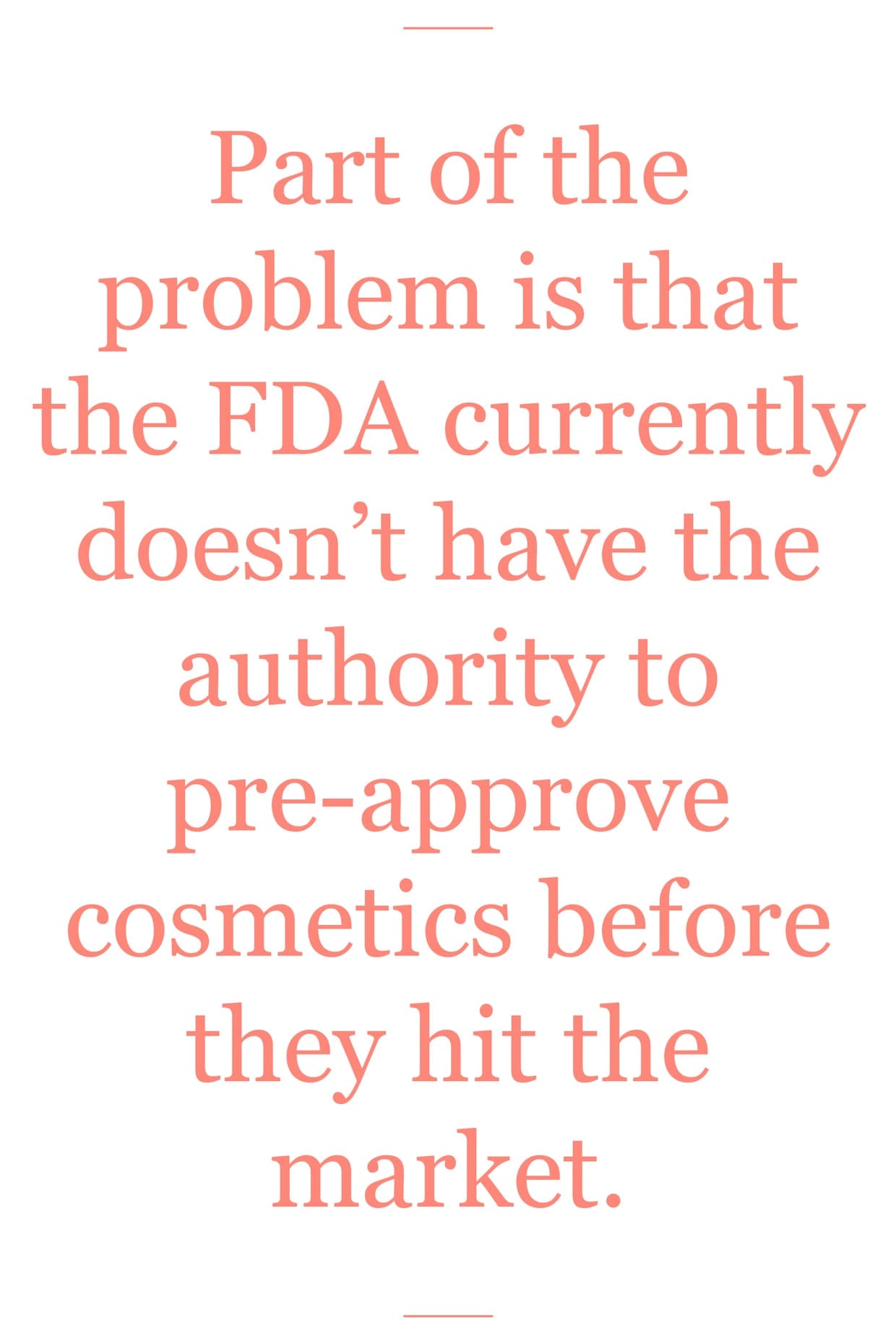
If you did not buy the product directly from the brand, compare your package to pictures of the product’s packaging online. Unmarked packaging, misspellings or differences in the brand’s logo are all major red flags that you purchased a fake, according to Consumer Reports. Similarly, give the product itself a close examination before you use it. If it has a strange texture or smell, or if you notice any visible contamination (like dirt, dust or even hair) do not use it.
Even products you are pretty sure are real should be examined before you use them. “Products sold online are often stored in hot warehouses,” Marchbein says, “which can not only degrade critical ingredients, rendering them useless but is a breeding ground for bacteria that thrive in hot, damp environments.”
What to Do if You Have a Reaction
It is possible you may not realize the product is a fake until it is too late — aka you apply it and have a reaction. Here is how to handle it:
Step 1: Stop using it. “If you suspect a product is counterfeit or if you have an adverse reaction, stop using it immediately,” Marchbein says.
Step 2: Call your dermatologist. “It is always a good idea to contact your dermatologist if it is not getting better or is worsening,” she says. It is also a good idea to bring the counterfeit product to your dermatologist — they may be able to figure out the source of your reaction or infection.
Step 3: Know when to get immediate medical attention. In rare cases, you do not want to wait to see a doctor. If you have a fever, chills, trouble breathing, pain, swelling, severe redness, itching, pus or open wounds where you applied the product, you should see a doctor right away, Marchbein advises. These can all be signs of an infection or severe reaction.
